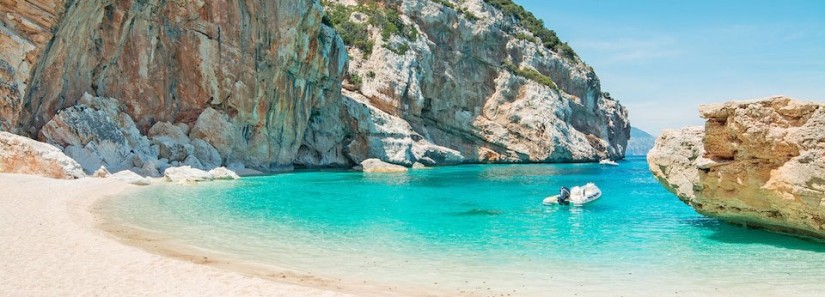
Okinawa in Japan, Sardinia in Italy, Nicoya in Costa Rica, Icaria in Greece, and Loma Linda in California. What do these five regions have in common? At first glance, the answer seems unclear. But these were the five regions chosen by author Dan Buettner, in partnership with National Geographic and the National Institute on Aging, after scouring the world for the regions where people live the longest.
Buettner didn’t just find that people in these “Blue Zones” lived longer, but that they were living purposeful lives well into old age. He recalls the story of 104 year-old Giovanni Sannai, who was out chopping wood at 9 in the morning – after having his daily glass of wine. He challenged Giovanni to an arm-wrestling match – which according to Buettner, Giovanni won.
But what was it about these Blue Zones that made its inhabitants live so much longer? In Loma Linda – which lies on the outskirts of San Bernardino – the average life expectancy is 90 years old, much higher than California’s life expectancy of 80.9 years old. It seems as though much of the increase in life expectancy is the result of lifestyle rather than genetics. To understand why, Buettner compared common lifestyle characteristics that were prevalent within these five regions.
Buettner noticed that people in these relatively isolated communities tended to eat a more traditional diet – one that was predominately plant-based and consisted of many servings of legumes. He noticed that people ate when they were hungry and stopped eating when they were 80 percent full, and that people ate very little animal protein, if any. He noticed that these diets stood in stark contrast to the modern American diet, which is inundated with sugary and greasy options on a regular basis.
But there was more to the lifestyle than just diet. Those who lived in Blue Zones also exercised regularly, and had strong social lives and engagement within their communities and families. They worried less about things and they had a strong sense of life purpose. Many of these values are reflected in Hawaii, where life expectancy is the highest in the nation despite our higher than average rates for diabetes.
In the United States, we dedicate millions per year to living longer lives – but if we can learn anything from Blue Zones, it’s that there is a kinder approach to living longer and healthier – one that focuses on the importance of physical and emotional well-being. After all, a little today goes a long way tomorrow.
‘Ekahi Health, a member of the ‘ike family of companies (www.ikehawaii.com), is an innovative healthcare delivery organization that provides comprehensive community-based care focusing on primary care and prevention and wellness. It was the first organization to offer the Ornish program to the people of Hawaii.
For more information about ‘Ekahi Ornish Lifestyle Medicine, visit www.ekahiornish.com and follow them on Facebook, LinkedIn and Twitter.